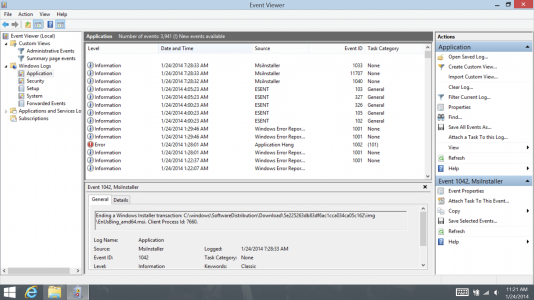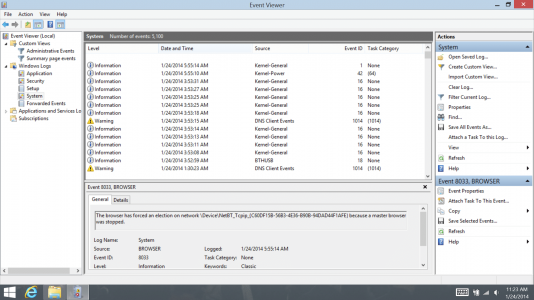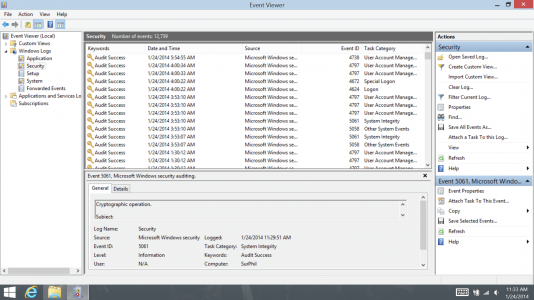In theory, hibernation is supposed to be a "deeper sleep" and is supposed to save more battery capacity. No idea what the case is with the Surface Pro 2 and hibernation.
That's essentially right, and is the same for all hardware running Windows (either tablet, desktop or laptop).
Sleep basically retains power to RAM to maintain system state and puts everything else off or into low power mode, which is why there's always some drain when sleeping.
Hibernate basically copies all of RAM to the hard disk then shuts off completely. Upon boot, the data is copied back to RAM so the system state is exactly as before (all apps open, services still running etc..), so should be zero power consumption. Start up times are so fast as the whole OS doesn't need to be reloaded upon boot, only what's needed to resume the system to the point where is was before hibernating.
'Shutdown' isn't quite as clear cut as it may sound. What many people don't realise (or care

) is that shutdown since Windows 8.0 is now a type of 'Hybrid Hibernate', or 'fast boot'. Before shutting down, all user processes are shut down, but the kernel memory/state is copied to disk. When booting, the kernel state is maintained (so the OS doesn't really reload), although applications need to be restarted. This is faster than a normal full shutdown. (this can be disabled in the power options)
If fast boot is disabled, then everything is closed. This means that the whole OS has to be reloaded at boot, so is much slower than 'fast boot' although ensures that the system has actually booted cleanly.
Some useful information here if you're interested in the details:
Delivering fast boot times in Windows 8 - Building Windows 8 - Site Home - MSDN Blogs


